Discover the Buster Jerk. Follow Baptiste Dupont's advice to master the use of this lure and catch predators.
New article for our#ThisIsHowWeDoIt series, Baptiste, member of the Rodhouse team, presents us in a beautiful way his approach, his method and his equipment to improve his buster results
Following on from Jérôme's article on fishing for Pike with Bigbaits, this time I'd like to introduce you to fishing with Jerks and, more specifically, Buster-Jerk.
Once again, the saying "big lures, big fish" is validated!
First of all, let's talk about the target: the Pike. This fish can be found almost everywhere in France, in rivers and lakes. It is reputed to be very voracious, as this photo shows:
 This is a small Pike of around sixty centimetres, caught last season by my fishing companion Julien. As he fights and reels in this fish, we notice that a fish's tail is sticking out of his mouth. Despite this, he still attacked his lure, a 6-inch shad. Out of curiosity, we pulled on the fish's tail. It was one of his congeners, about 40 centimetres long, which he had caught and started to digest. I'll leave you to imagine what a one-meter Pike can swallow...
This is a small Pike of around sixty centimetres, caught last season by my fishing companion Julien. As he fights and reels in this fish, we notice that a fish's tail is sticking out of his mouth. Despite this, he still attacked his lure, a 6-inch shad. Out of curiosity, we pulled on the fish's tail. It was one of his congeners, about 40 centimetres long, which he had caught and started to digest. I'll leave you to imagine what a one-meter Pike can swallow...
Another characteristic of the Pike is that it is a very aggressive fish, capable of attacking prey simply out of annoyance or to defend its territory.
After observing all these phenomena during my first fishing season, I realized that I needed to rethink my approach to stalking this fish. Up until then, I had mainly used classic lures.
Fishing in the Pays de la Loire region most of the time, I turned to shallow-water lures. Indeed, although the hydrometric network in this region is very extensive, the depths encountered are 90% of the time between 0.50 and 3 meters of water. So I naturally turned to Jerks, lures that evolve precisely at these depths.

So I bought my first Jerk during the close season after my first fishing season, a "Buster".
The Buster is a Swedish lure that is already over 10 years old. It was designed by the Swedish Mr Torbjörn, manufactured by CWC and currently distributed by Smith. There are several variations, from the Tiny-Buster 68 mm for 10.3 grams to the Buster Original 150 mm for 75 grams. Between these two, there's the Buster Jerk V, the Baby Buster and the Buster Jerk 2, as well as an even bigger version, the Big Bandit 190 mm for 98 grams. The Buster is a lure that comes in a wide range of colors, to date at least 110.
In this article, we'll focus solely on the Buster Jerk Original, my favorite and by far the best in my opinion. The Buster's flat profile gives it a large surface area in contact with the water, making it an ideal prey for Mister Esox. The head features two large raised eyes with holographic inclusions. The Buster Jerk is fitted with internal Metallic balls which serve both to propel the lure dynamically (mass transfer) and to produce sound. The sound it makes is impressive, with each Jerk the internal balls slamming together, producing a heavy noise.
The most classic way to animate the Buster is the famous "Jerk", a succession of strokes with the tip of the lure's low rod, more or less wide, giving it a left-to-right swimming action. With each jerk, the Buster makes erratic movements that make its sides glisten. This is what makes the Buster stand out from other lures. Indeed, Pike have a hard time resisting such instability, even for the most educated fish.
The Buster moves between 0.50 and 2 metres, but I regularly fish with it at greater depths. The Buster is a lure that displaces a lot of water and makes fish move. It's not unusual for a Pike to move several meters to get hold of it.
A lure that works on two fronts: an unusual sound capable of annoying any Pike and making it move, and the visual effect, very close to a prey in difficulty, thus thwarting the mistrust of the biggest ones.

For my part, I like to animate it as follows: a succession of 5 or 6 consecutive little Jerks, then a pause and resumption of the animation. It's usually on the pause that the attack comes, the lure sinks back down, swinging on its axis and producing a natural, fluttering swimming action that finishes off the predator's decision. Bites should be punished with a powerful hooking action to drive the big hooks in.
In terms of equipment, you'll need a Casting set specific to this technique to be able to fish and animate your Buster correctly. For this technique, I recommend a powerful rod, around 30-80, which is Necessary to propel these lures correctly. It needs to be short, whether you're fishing from a boat or float tube or from the shore, to be comfortable with the animation. A short butt is also preferable, so as not to get in the way. If your rod is too long, the tip may come into contact with the water and your rod will be more tiring. And that's no mean feat when you're jerking all day long. I therefore recommend a rod between 1m80 and 1m90.
As far as action is concerned, you'll need a hard blank, by which I mean a rod that doesn't absorb the action but transmits each jerk into the line: a blank with a big tip, in other words. On the other hand, a rather round action is preferable to avoid stalling and to dampen the head strikes of our friends the Pike once hooked. In short: a stiff blank for animation, and not excessively tapered to distribute the effort over its entire length.
I've been using a Batson blank for a season, an RX7 IMB 785 which has now been replaced by the Revelation 68 H. I use it with total satisfaction for this application, it really is the perfect all-round blank, you just have to recut it to the desired length.
My Assembly:
https://www.rodhouse.fr/forum/viewtopic.php?f=9&t=3968
The blank:
https://www.rodhouse.fr/fr/6-a-6-9-/2728-revc-68h-3290000006516.html
As for the reel and filaments, here again you need something strong. As far as the reel is concerned, I recommend a high ratio so that you can quickly retrieve the banner after each jerk without having to make too many crank turns. In reality, the reel doesn't need to do much, it's the blank that does the work. The reel simply recovers the excess line after the jerk. So opt for a sturdy yet lightweight model, which will make your fishing even more enjoyable. I'm currently testing a Lew's BB1 pro series with great satisfaction.
For the braid, use a good roasting twine. In this case, there's really no point in trying to be clever: you throw a lure that weighs 75 grams and casts very well, it doesn't spin. In this case, I'm using Varivas Casting PE Avani Max Power in PE 4 for a resistance of 64 Lb. It's important to have a big braid for several reasons: as you're constantly pulling on a lure that still offers a lot of resistance in the water, there's a risk that the turns will go into the spool, creating small snags on the previous cast. In the event of a wig, the lure is not satelliteized on a strong cast. Finally, it's a technique that would prematurely wear out a fine braid.
On the subject of fluorocarbon, here too I use Varivas. First a 2-metre discretionary tip in 40 Dentex, then a 30-cm leader in 80 Dentex for the Pike's teeth.
Lastly, don't use a staple. The lure is heavy, repetitive casts, plus jerks, mean the loss of the lure in a day or the loss of the Pike of your life. So prefer a direct connection knot or a broken ring if you change your lure regularly.
In my opinion, many have tried to imitate the Buster but no one has ever completely equalled it. There are, however, some very good alternatives, such as the Salmo Slider, which is a beadless model, or the Deviator from Savagear, which sinks a little faster and allows you to fish a little deeper.
During my second season of fishing, my friend Julien and I immediately had very good results on spots we'd previously fished with little success. Less than 6 months later, we both landed our first fish using this technique and the Buster. It quickly became our favorite lure; it's easy to animate and swims constantly, a simple stroke of the tip is enough to throw it off-center, and even the Straight Retrieve / Cast and Retrieve gives it great sine waves.

101 cm

107 cm
So I constantly have 5 models in my box, which means I can deal with any situation.

From top to bottom:
- The 1, a very flashy color that I bring out when the waters are loaded and I want to assault the fish.
- The 2, a natural Ayu color that I use in clear water, in places where Perch or Carp are found.
- Le 3, a magnificent silver to be used when there's a bit of sunshine, it sends out terrific flashes that don't leave fish indifferent.
- The 4, a color I'm very fond of when the water is a little tinted, like rivers in winter where there are Perches. I owe a lot of fish to this Buster.
- Finally, the 5, undoubtedly my favorite, don't ask me why, it took a lot of fish, mostly in clear, shallow waters. Today it's got no eyes, but its sharp hooks are still there, ready to bite a nice poutrasse.
This technique is a bit tiring on the first few sessions, because of the repetitive animation that can quickly become tiresome. With a little practice, however, and once you've got the hang of it, this technique becomes a Pleasure and is sure to bring you fish, whether on the edge of a weed bed or in open water. The Buster Jerk is a real life-saver, waking up pike and whetting their appetites. It's always on my rod when I go pike fishing, at any time of the season. What's more, it's a versatile lure, and it's not uncommon to catch small, barely meshed fish excited by its swimming action and sound. Big Perch are also very fond of the Buster.
If you're new to the Buster or to jerk fishing in general, I urge you to get yourself a special rod and go back to fishing your usual spots. I hope that, like me, you'll make some wonderful discoveries.


Please note that all the fish pictured in this article were caught on the Buster Jerk!

 This is a small Pike of around sixty centimetres, caught last season by my fishing companion Julien. As he fights and reels in this fish, we notice that a fish's tail is sticking out of his mouth. Despite this, he still attacked his lure, a 6-inch shad. Out of curiosity, we pulled on the fish's tail. It was one of his congeners, about 40 centimetres long, which he had caught and started to digest. I'll leave you to imagine what a one-meter Pike can swallow...
Another characteristic of the Pike is that it is a very aggressive fish, capable of attacking prey simply out of annoyance or to defend its territory.
After observing all these phenomena during my first fishing season, I realized that I needed to rethink my approach to stalking this fish. Up until then, I had mainly used classic lures.
Fishing in the Pays de la Loire region most of the time, I turned to shallow-water lures. Indeed, although the hydrometric network in this region is very extensive, the depths encountered are 90% of the time between 0.50 and 3 meters of water. So I naturally turned to Jerks, lures that evolve precisely at these depths.
This is a small Pike of around sixty centimetres, caught last season by my fishing companion Julien. As he fights and reels in this fish, we notice that a fish's tail is sticking out of his mouth. Despite this, he still attacked his lure, a 6-inch shad. Out of curiosity, we pulled on the fish's tail. It was one of his congeners, about 40 centimetres long, which he had caught and started to digest. I'll leave you to imagine what a one-meter Pike can swallow...
Another characteristic of the Pike is that it is a very aggressive fish, capable of attacking prey simply out of annoyance or to defend its territory.
After observing all these phenomena during my first fishing season, I realized that I needed to rethink my approach to stalking this fish. Up until then, I had mainly used classic lures.
Fishing in the Pays de la Loire region most of the time, I turned to shallow-water lures. Indeed, although the hydrometric network in this region is very extensive, the depths encountered are 90% of the time between 0.50 and 3 meters of water. So I naturally turned to Jerks, lures that evolve precisely at these depths.
 So I bought my first Jerk during the close season after my first fishing season, a "Buster".
The Buster is a Swedish lure that is already over 10 years old. It was designed by the Swedish Mr Torbjörn, manufactured by CWC and currently distributed by Smith. There are several variations, from the Tiny-Buster 68 mm for 10.3 grams to the Buster Original 150 mm for 75 grams. Between these two, there's the Buster Jerk V, the Baby Buster and the Buster Jerk 2, as well as an even bigger version, the Big Bandit 190 mm for 98 grams. The Buster is a lure that comes in a wide range of colors, to date at least 110.
In this article, we'll focus solely on the Buster Jerk Original, my favorite and by far the best in my opinion. The Buster's flat profile gives it a large surface area in contact with the water, making it an ideal prey for Mister Esox. The head features two large raised eyes with holographic inclusions. The Buster Jerk is fitted with internal Metallic balls which serve both to propel the lure dynamically (mass transfer) and to produce sound. The sound it makes is impressive, with each Jerk the internal balls slamming together, producing a heavy noise.
The most classic way to animate the Buster is the famous "Jerk", a succession of strokes with the tip of the lure's low rod, more or less wide, giving it a left-to-right swimming action. With each jerk, the Buster makes erratic movements that make its sides glisten. This is what makes the Buster stand out from other lures. Indeed, Pike have a hard time resisting such instability, even for the most educated fish.
The Buster moves between 0.50 and 2 metres, but I regularly fish with it at greater depths. The Buster is a lure that displaces a lot of water and makes fish move. It's not unusual for a Pike to move several meters to get hold of it.
A lure that works on two fronts: an unusual sound capable of annoying any Pike and making it move, and the visual effect, very close to a prey in difficulty, thus thwarting the mistrust of the biggest ones.
So I bought my first Jerk during the close season after my first fishing season, a "Buster".
The Buster is a Swedish lure that is already over 10 years old. It was designed by the Swedish Mr Torbjörn, manufactured by CWC and currently distributed by Smith. There are several variations, from the Tiny-Buster 68 mm for 10.3 grams to the Buster Original 150 mm for 75 grams. Between these two, there's the Buster Jerk V, the Baby Buster and the Buster Jerk 2, as well as an even bigger version, the Big Bandit 190 mm for 98 grams. The Buster is a lure that comes in a wide range of colors, to date at least 110.
In this article, we'll focus solely on the Buster Jerk Original, my favorite and by far the best in my opinion. The Buster's flat profile gives it a large surface area in contact with the water, making it an ideal prey for Mister Esox. The head features two large raised eyes with holographic inclusions. The Buster Jerk is fitted with internal Metallic balls which serve both to propel the lure dynamically (mass transfer) and to produce sound. The sound it makes is impressive, with each Jerk the internal balls slamming together, producing a heavy noise.
The most classic way to animate the Buster is the famous "Jerk", a succession of strokes with the tip of the lure's low rod, more or less wide, giving it a left-to-right swimming action. With each jerk, the Buster makes erratic movements that make its sides glisten. This is what makes the Buster stand out from other lures. Indeed, Pike have a hard time resisting such instability, even for the most educated fish.
The Buster moves between 0.50 and 2 metres, but I regularly fish with it at greater depths. The Buster is a lure that displaces a lot of water and makes fish move. It's not unusual for a Pike to move several meters to get hold of it.
A lure that works on two fronts: an unusual sound capable of annoying any Pike and making it move, and the visual effect, very close to a prey in difficulty, thus thwarting the mistrust of the biggest ones.
 For my part, I like to animate it as follows: a succession of 5 or 6 consecutive little Jerks, then a pause and resumption of the animation. It's usually on the pause that the attack comes, the lure sinks back down, swinging on its axis and producing a natural, fluttering swimming action that finishes off the predator's decision. Bites should be punished with a powerful hooking action to drive the big hooks in.
In terms of equipment, you'll need a Casting set specific to this technique to be able to fish and animate your Buster correctly. For this technique, I recommend a powerful rod, around 30-80, which is Necessary to propel these lures correctly. It needs to be short, whether you're fishing from a boat or float tube or from the shore, to be comfortable with the animation. A short butt is also preferable, so as not to get in the way. If your rod is too long, the tip may come into contact with the water and your rod will be more tiring. And that's no mean feat when you're jerking all day long. I therefore recommend a rod between 1m80 and 1m90.
As far as action is concerned, you'll need a hard blank, by which I mean a rod that doesn't absorb the action but transmits each jerk into the line: a blank with a big tip, in other words. On the other hand, a rather round action is preferable to avoid stalling and to dampen the head strikes of our friends the Pike once hooked. In short: a stiff blank for animation, and not excessively tapered to distribute the effort over its entire length.
I've been using a Batson blank for a season, an RX7 IMB 785 which has now been replaced by the Revelation 68 H. I use it with total satisfaction for this application, it really is the perfect all-round blank, you just have to recut it to the desired length.
My Assembly:
https://www.rodhouse.fr/forum/viewtopic.php?f=9&t=3968
The blank:
https://www.rodhouse.fr/fr/6-a-6-9-/2728-revc-68h-3290000006516.html
As for the reel and filaments, here again you need something strong. As far as the reel is concerned, I recommend a high ratio so that you can quickly retrieve the banner after each jerk without having to make too many crank turns. In reality, the reel doesn't need to do much, it's the blank that does the work. The reel simply recovers the excess line after the jerk. So opt for a sturdy yet lightweight model, which will make your fishing even more enjoyable. I'm currently testing a Lew's BB1 pro series with great satisfaction.
For the braid, use a good roasting twine. In this case, there's really no point in trying to be clever: you throw a lure that weighs 75 grams and casts very well, it doesn't spin. In this case, I'm using Varivas Casting PE Avani Max Power in PE 4 for a resistance of 64 Lb. It's important to have a big braid for several reasons: as you're constantly pulling on a lure that still offers a lot of resistance in the water, there's a risk that the turns will go into the spool, creating small snags on the previous cast. In the event of a wig, the lure is not satelliteized on a strong cast. Finally, it's a technique that would prematurely wear out a fine braid.
On the subject of fluorocarbon, here too I use Varivas. First a 2-metre discretionary tip in 40 Dentex, then a 30-cm leader in 80 Dentex for the Pike's teeth.
Lastly, don't use a staple. The lure is heavy, repetitive casts, plus jerks, mean the loss of the lure in a day or the loss of the Pike of your life. So prefer a direct connection knot or a broken ring if you change your lure regularly.
In my opinion, many have tried to imitate the Buster but no one has ever completely equalled it. There are, however, some very good alternatives, such as the Salmo Slider, which is a beadless model, or the Deviator from Savagear, which sinks a little faster and allows you to fish a little deeper.
During my second season of fishing, my friend Julien and I immediately had very good results on spots we'd previously fished with little success. Less than 6 months later, we both landed our first fish using this technique and the Buster. It quickly became our favorite lure; it's easy to animate and swims constantly, a simple stroke of the tip is enough to throw it off-center, and even the Straight Retrieve / Cast and Retrieve gives it great sine waves.
For my part, I like to animate it as follows: a succession of 5 or 6 consecutive little Jerks, then a pause and resumption of the animation. It's usually on the pause that the attack comes, the lure sinks back down, swinging on its axis and producing a natural, fluttering swimming action that finishes off the predator's decision. Bites should be punished with a powerful hooking action to drive the big hooks in.
In terms of equipment, you'll need a Casting set specific to this technique to be able to fish and animate your Buster correctly. For this technique, I recommend a powerful rod, around 30-80, which is Necessary to propel these lures correctly. It needs to be short, whether you're fishing from a boat or float tube or from the shore, to be comfortable with the animation. A short butt is also preferable, so as not to get in the way. If your rod is too long, the tip may come into contact with the water and your rod will be more tiring. And that's no mean feat when you're jerking all day long. I therefore recommend a rod between 1m80 and 1m90.
As far as action is concerned, you'll need a hard blank, by which I mean a rod that doesn't absorb the action but transmits each jerk into the line: a blank with a big tip, in other words. On the other hand, a rather round action is preferable to avoid stalling and to dampen the head strikes of our friends the Pike once hooked. In short: a stiff blank for animation, and not excessively tapered to distribute the effort over its entire length.
I've been using a Batson blank for a season, an RX7 IMB 785 which has now been replaced by the Revelation 68 H. I use it with total satisfaction for this application, it really is the perfect all-round blank, you just have to recut it to the desired length.
My Assembly:
https://www.rodhouse.fr/forum/viewtopic.php?f=9&t=3968
The blank:
https://www.rodhouse.fr/fr/6-a-6-9-/2728-revc-68h-3290000006516.html
As for the reel and filaments, here again you need something strong. As far as the reel is concerned, I recommend a high ratio so that you can quickly retrieve the banner after each jerk without having to make too many crank turns. In reality, the reel doesn't need to do much, it's the blank that does the work. The reel simply recovers the excess line after the jerk. So opt for a sturdy yet lightweight model, which will make your fishing even more enjoyable. I'm currently testing a Lew's BB1 pro series with great satisfaction.
For the braid, use a good roasting twine. In this case, there's really no point in trying to be clever: you throw a lure that weighs 75 grams and casts very well, it doesn't spin. In this case, I'm using Varivas Casting PE Avani Max Power in PE 4 for a resistance of 64 Lb. It's important to have a big braid for several reasons: as you're constantly pulling on a lure that still offers a lot of resistance in the water, there's a risk that the turns will go into the spool, creating small snags on the previous cast. In the event of a wig, the lure is not satelliteized on a strong cast. Finally, it's a technique that would prematurely wear out a fine braid.
On the subject of fluorocarbon, here too I use Varivas. First a 2-metre discretionary tip in 40 Dentex, then a 30-cm leader in 80 Dentex for the Pike's teeth.
Lastly, don't use a staple. The lure is heavy, repetitive casts, plus jerks, mean the loss of the lure in a day or the loss of the Pike of your life. So prefer a direct connection knot or a broken ring if you change your lure regularly.
In my opinion, many have tried to imitate the Buster but no one has ever completely equalled it. There are, however, some very good alternatives, such as the Salmo Slider, which is a beadless model, or the Deviator from Savagear, which sinks a little faster and allows you to fish a little deeper.
During my second season of fishing, my friend Julien and I immediately had very good results on spots we'd previously fished with little success. Less than 6 months later, we both landed our first fish using this technique and the Buster. It quickly became our favorite lure; it's easy to animate and swims constantly, a simple stroke of the tip is enough to throw it off-center, and even the Straight Retrieve / Cast and Retrieve gives it great sine waves.
 101 cm
101 cm
 107 cm
So I constantly have 5 models in my box, which means I can deal with any situation.
107 cm
So I constantly have 5 models in my box, which means I can deal with any situation.
 From top to bottom:
- The 1, a very flashy color that I bring out when the waters are loaded and I want to assault the fish.
- The 2, a natural Ayu color that I use in clear water, in places where Perch or Carp are found.
- Le 3, a magnificent silver to be used when there's a bit of sunshine, it sends out terrific flashes that don't leave fish indifferent.
- The 4, a color I'm very fond of when the water is a little tinted, like rivers in winter where there are Perches. I owe a lot of fish to this Buster.
- Finally, the 5, undoubtedly my favorite, don't ask me why, it took a lot of fish, mostly in clear, shallow waters. Today it's got no eyes, but its sharp hooks are still there, ready to bite a nice poutrasse.
This technique is a bit tiring on the first few sessions, because of the repetitive animation that can quickly become tiresome. With a little practice, however, and once you've got the hang of it, this technique becomes a Pleasure and is sure to bring you fish, whether on the edge of a weed bed or in open water. The Buster Jerk is a real life-saver, waking up pike and whetting their appetites. It's always on my rod when I go pike fishing, at any time of the season. What's more, it's a versatile lure, and it's not uncommon to catch small, barely meshed fish excited by its swimming action and sound. Big Perch are also very fond of the Buster.
If you're new to the Buster or to jerk fishing in general, I urge you to get yourself a special rod and go back to fishing your usual spots. I hope that, like me, you'll make some wonderful discoveries.
From top to bottom:
- The 1, a very flashy color that I bring out when the waters are loaded and I want to assault the fish.
- The 2, a natural Ayu color that I use in clear water, in places where Perch or Carp are found.
- Le 3, a magnificent silver to be used when there's a bit of sunshine, it sends out terrific flashes that don't leave fish indifferent.
- The 4, a color I'm very fond of when the water is a little tinted, like rivers in winter where there are Perches. I owe a lot of fish to this Buster.
- Finally, the 5, undoubtedly my favorite, don't ask me why, it took a lot of fish, mostly in clear, shallow waters. Today it's got no eyes, but its sharp hooks are still there, ready to bite a nice poutrasse.
This technique is a bit tiring on the first few sessions, because of the repetitive animation that can quickly become tiresome. With a little practice, however, and once you've got the hang of it, this technique becomes a Pleasure and is sure to bring you fish, whether on the edge of a weed bed or in open water. The Buster Jerk is a real life-saver, waking up pike and whetting their appetites. It's always on my rod when I go pike fishing, at any time of the season. What's more, it's a versatile lure, and it's not uncommon to catch small, barely meshed fish excited by its swimming action and sound. Big Perch are also very fond of the Buster.
If you're new to the Buster or to jerk fishing in general, I urge you to get yourself a special rod and go back to fishing your usual spots. I hope that, like me, you'll make some wonderful discoveries.

 Please note that all the fish pictured in this article were caught on the Buster Jerk!
Please note that all the fish pictured in this article were caught on the Buster Jerk!


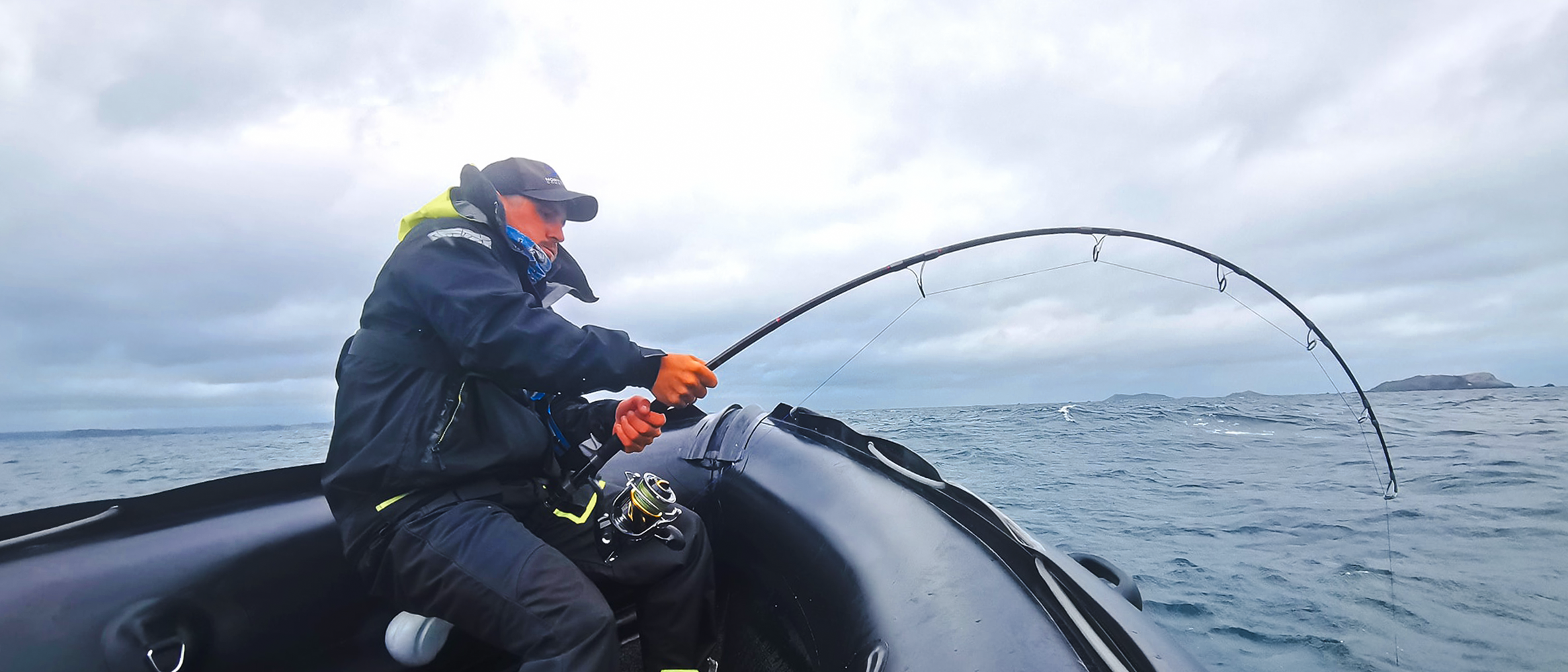
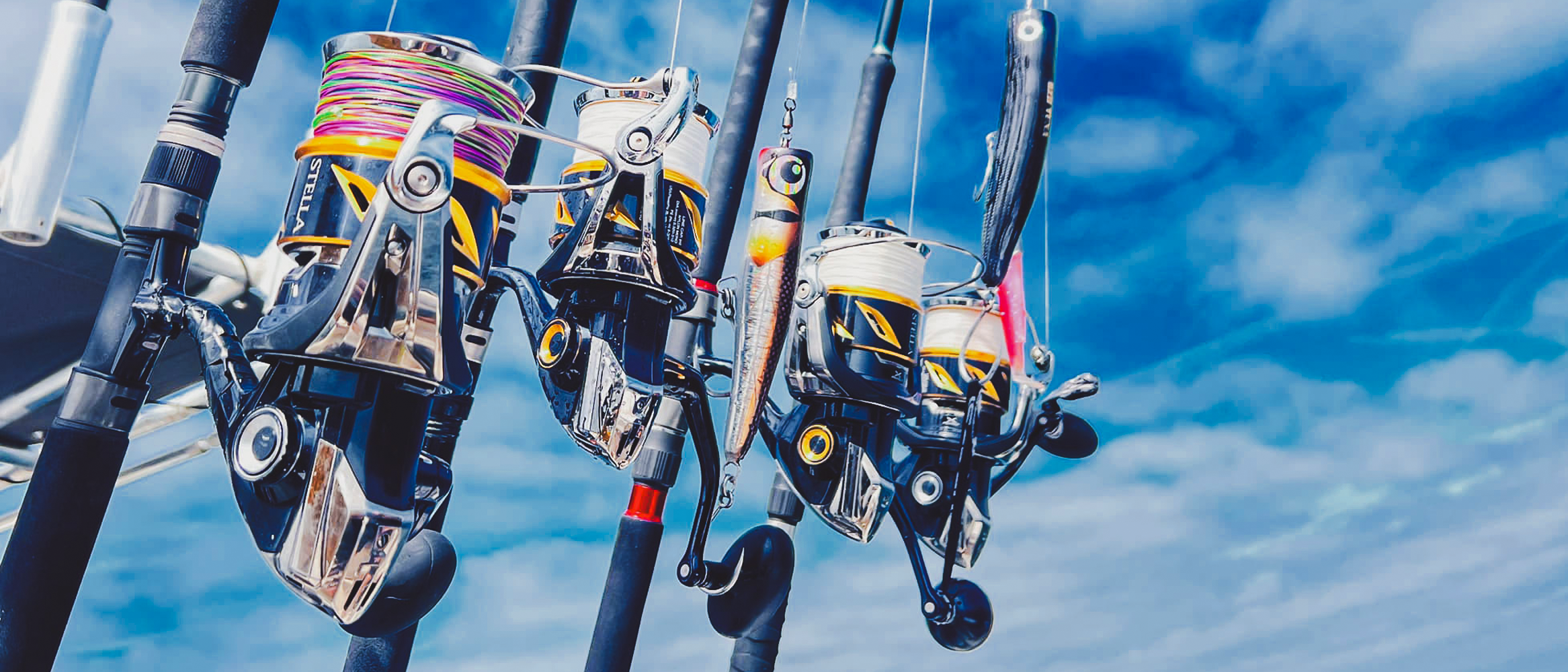
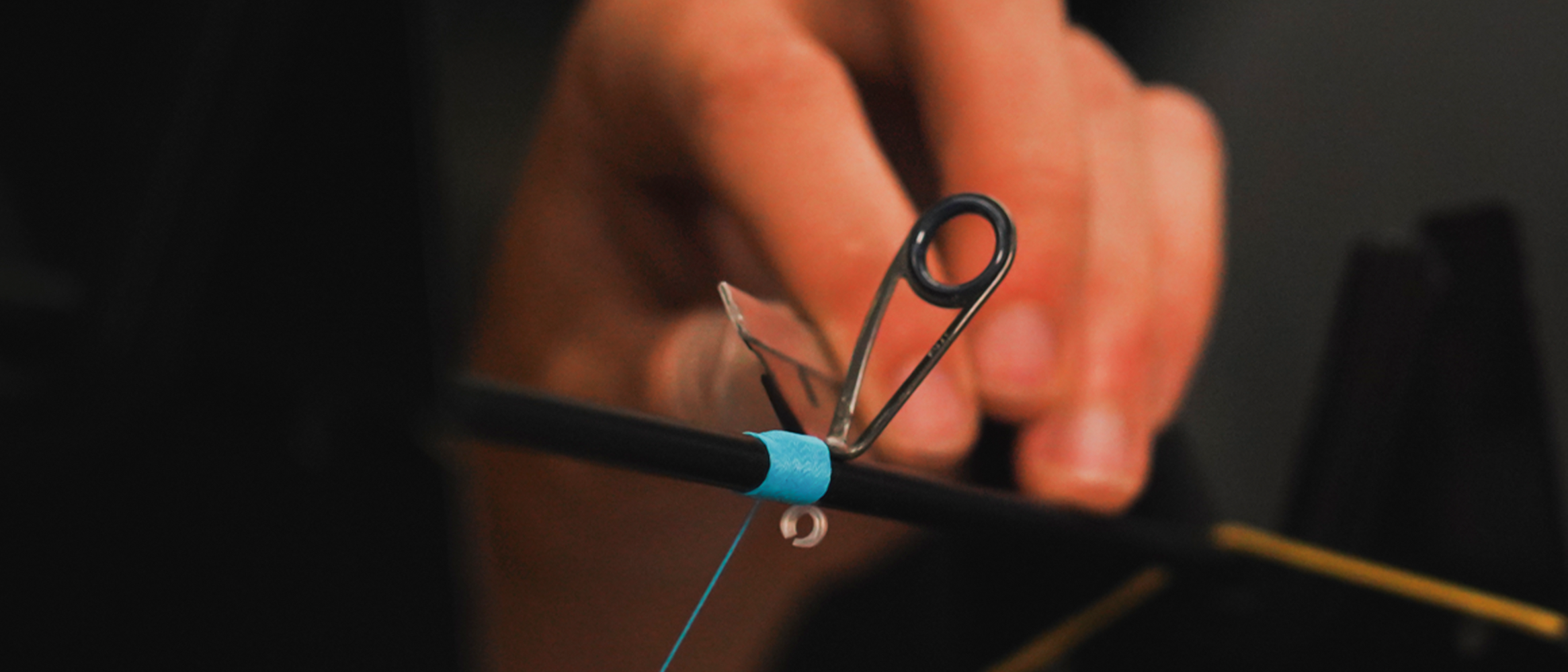
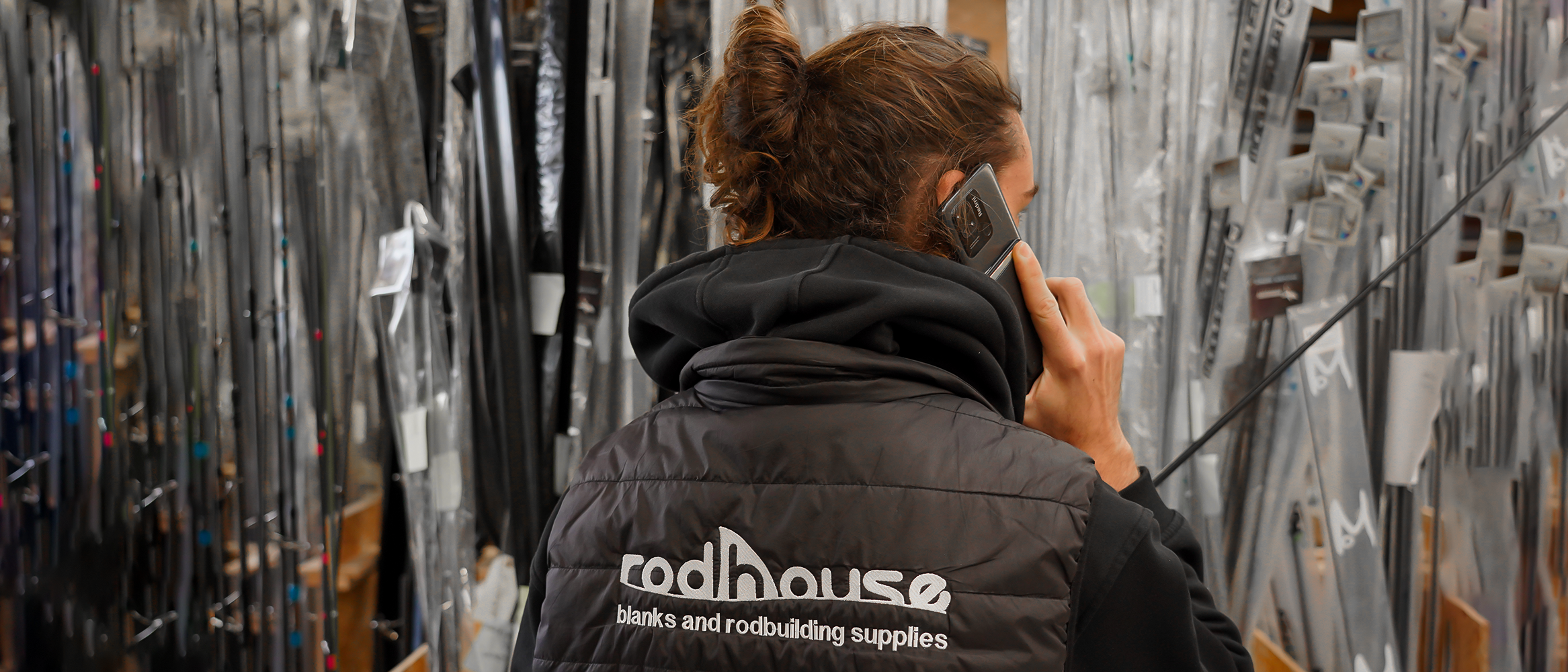
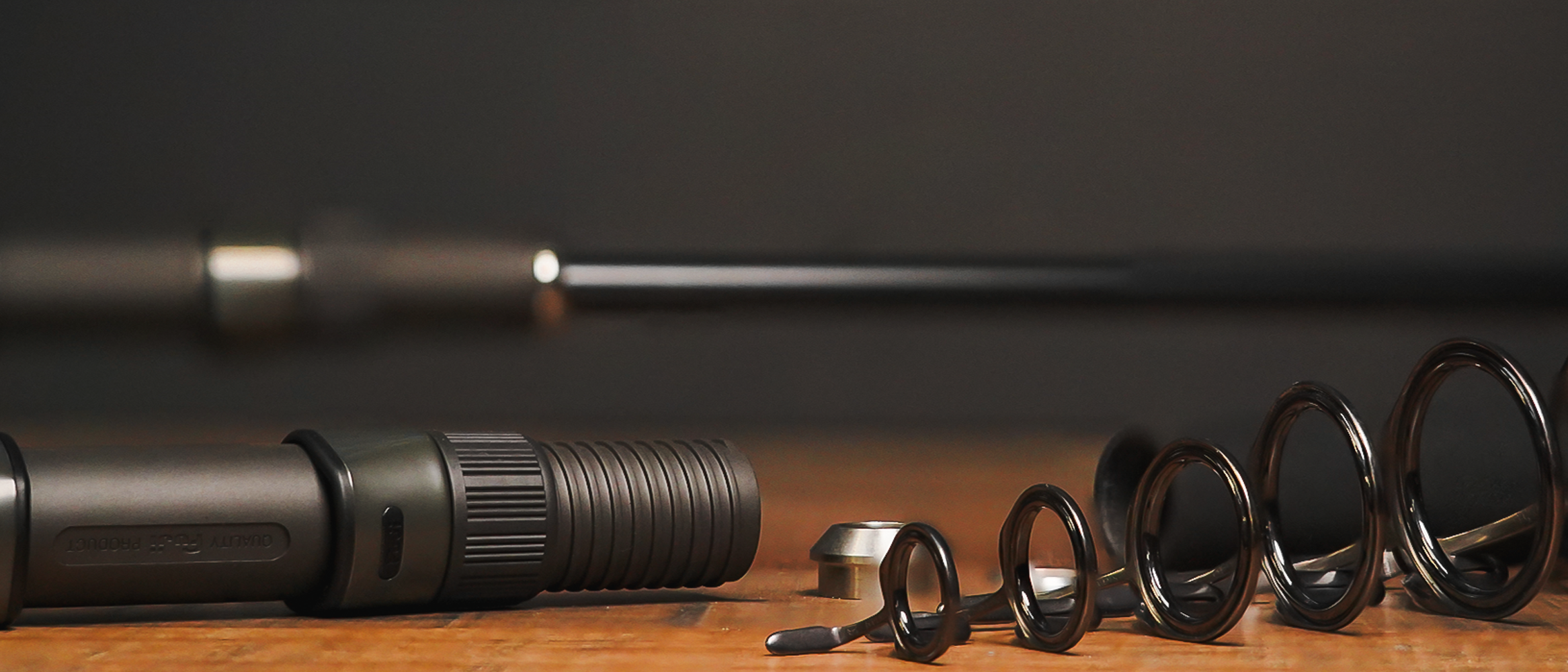

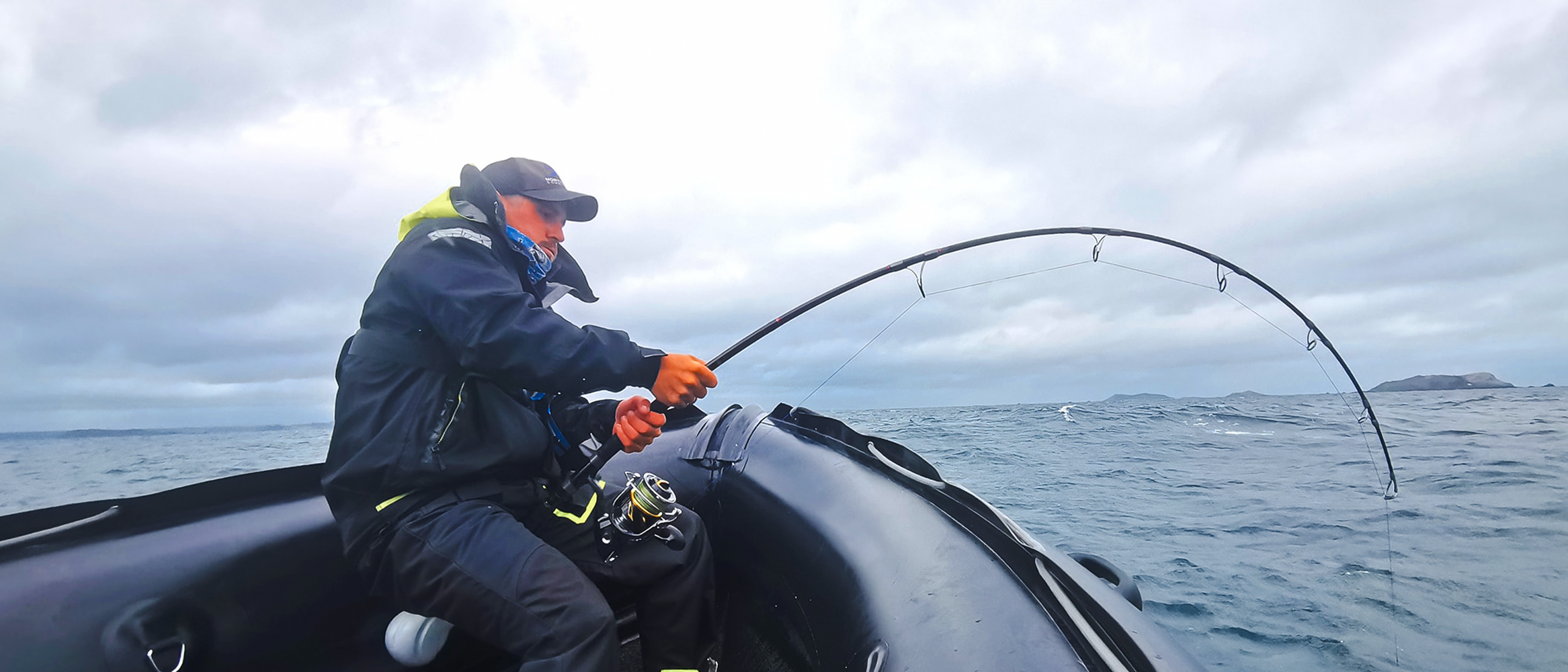
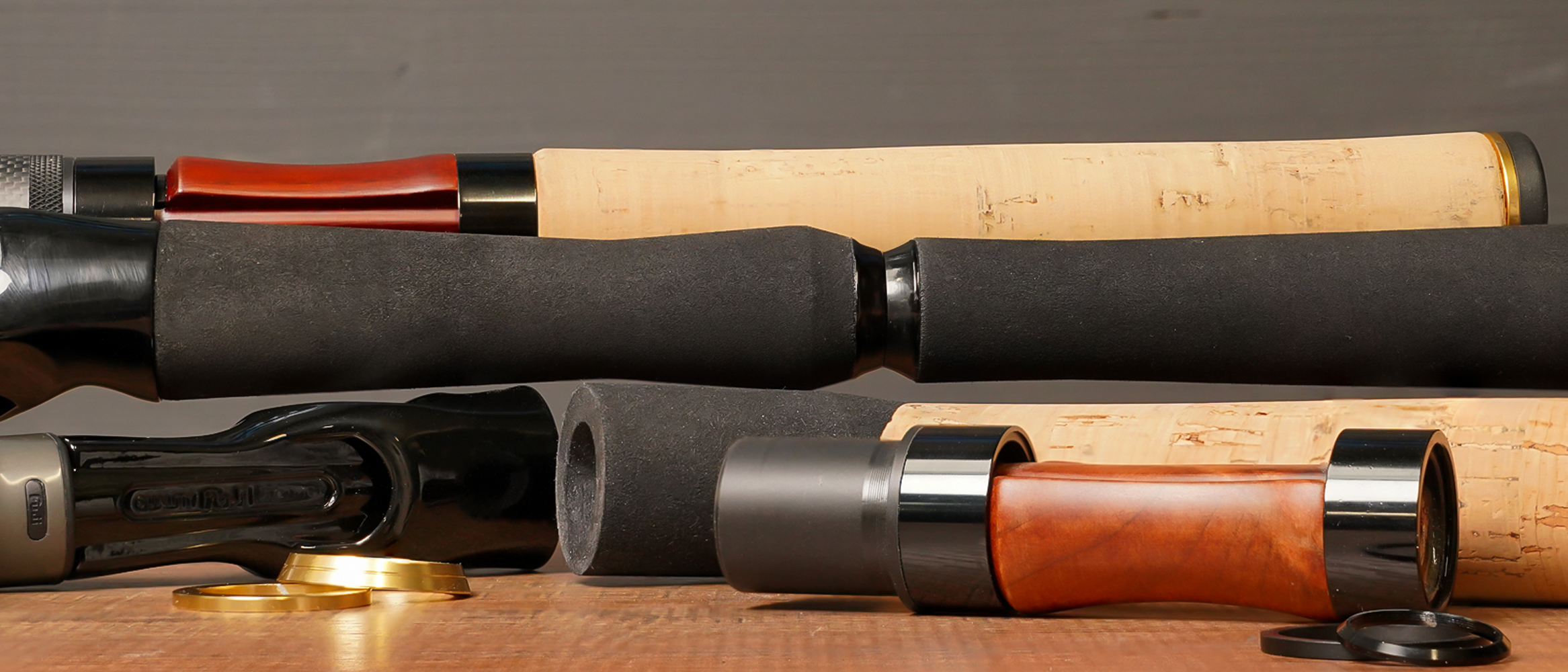
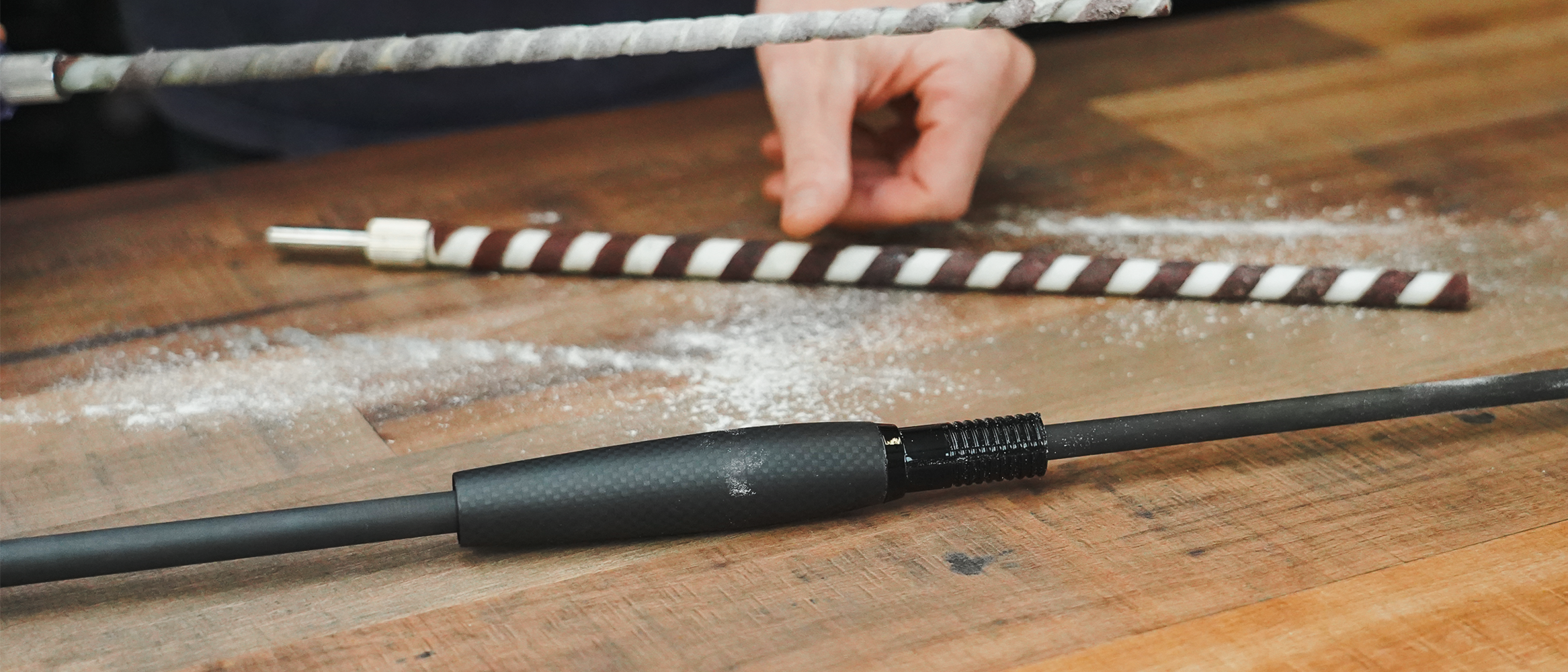
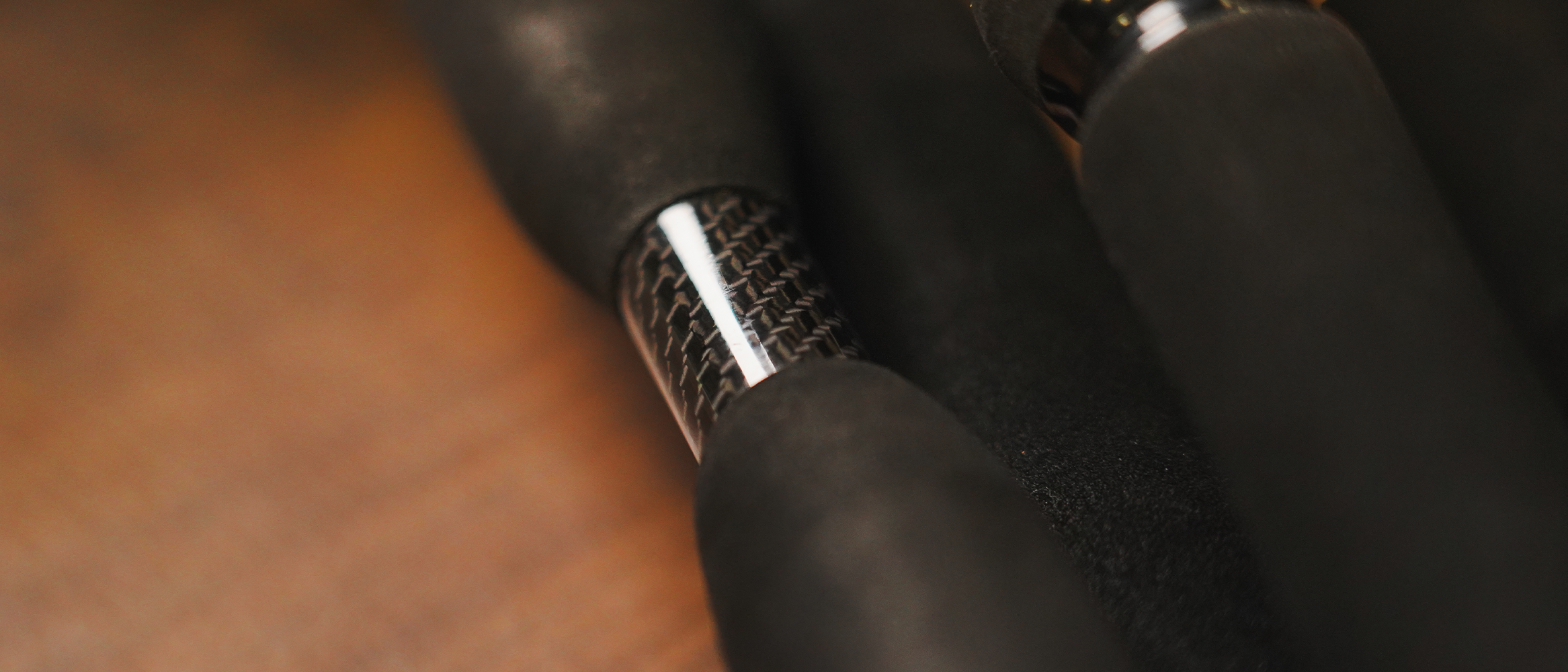
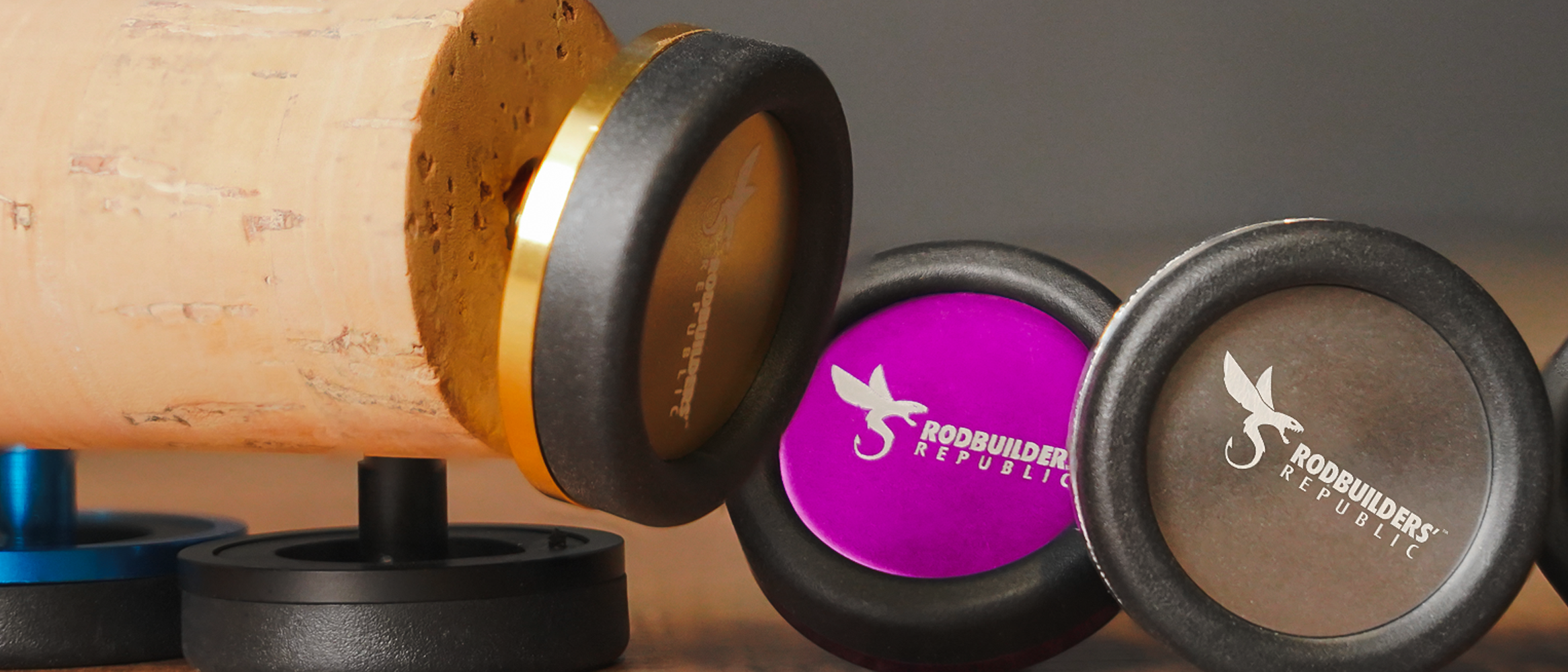
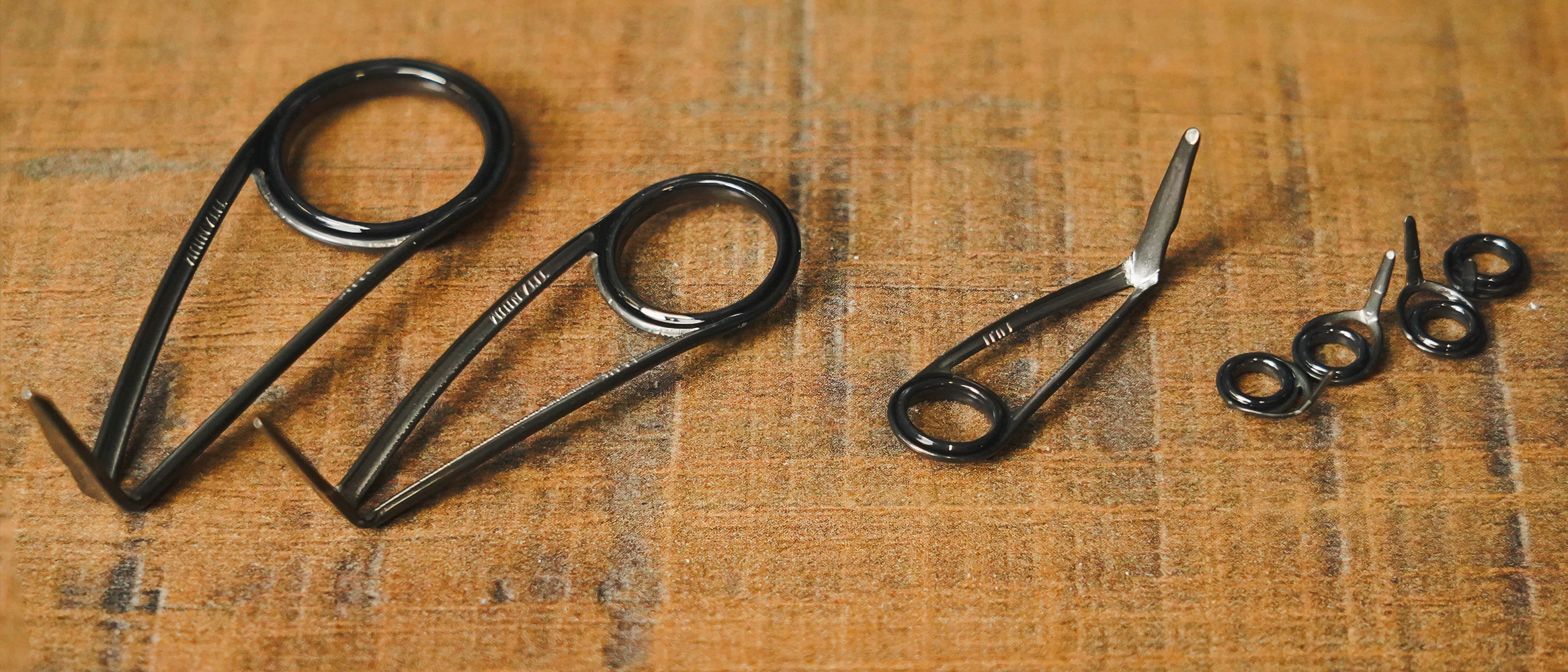
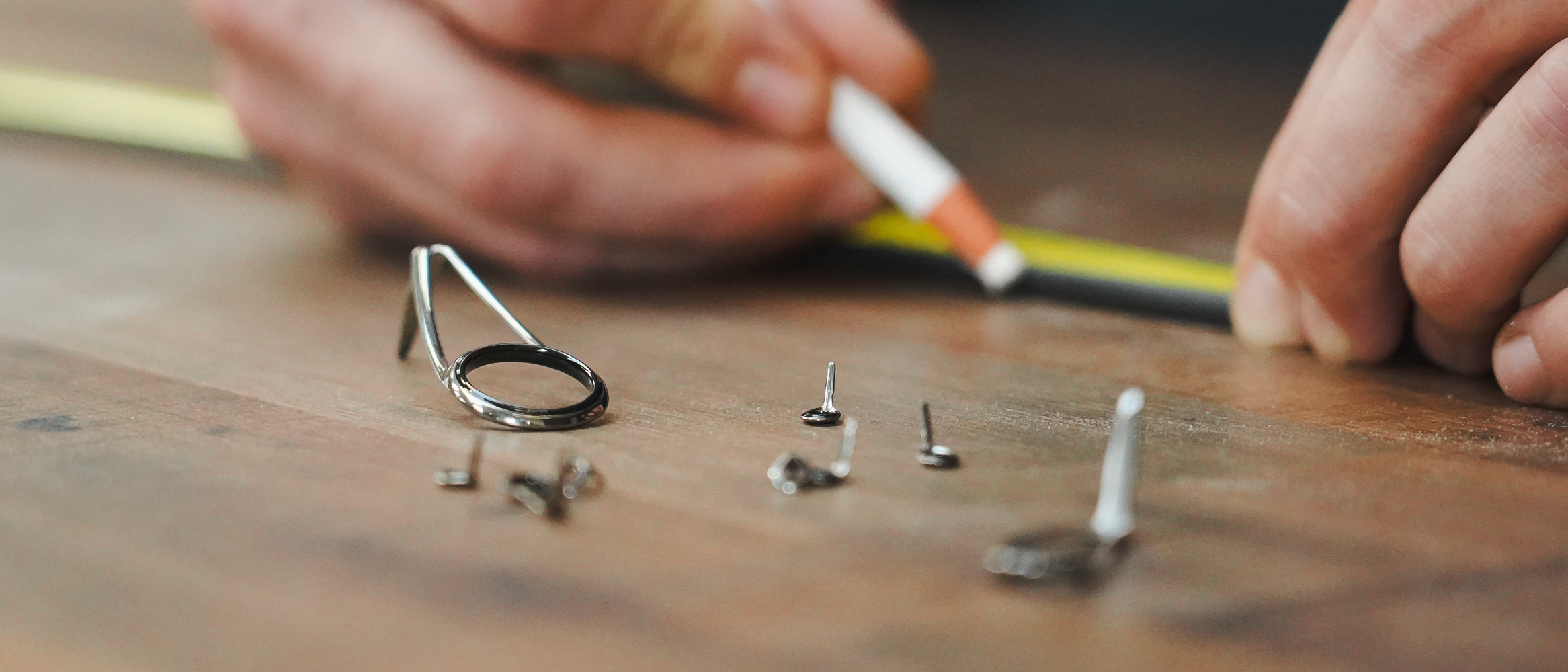
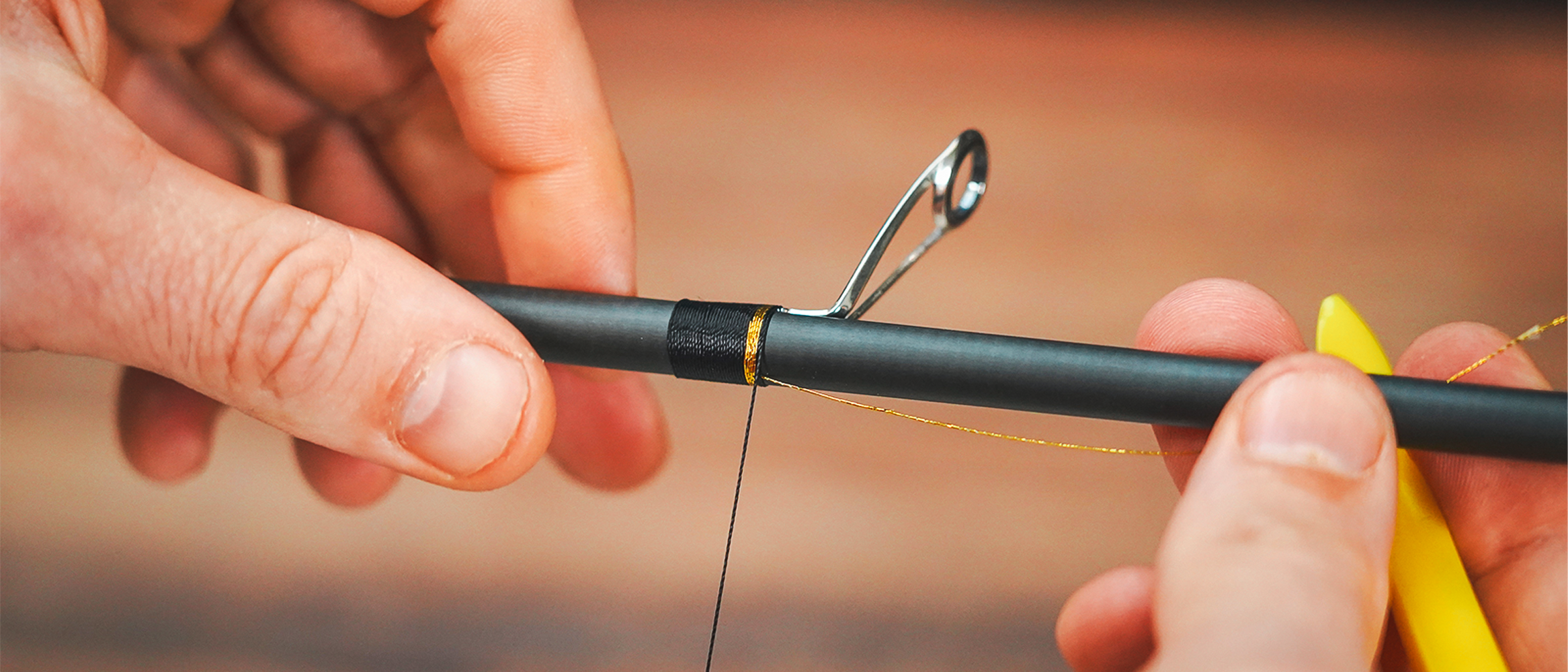
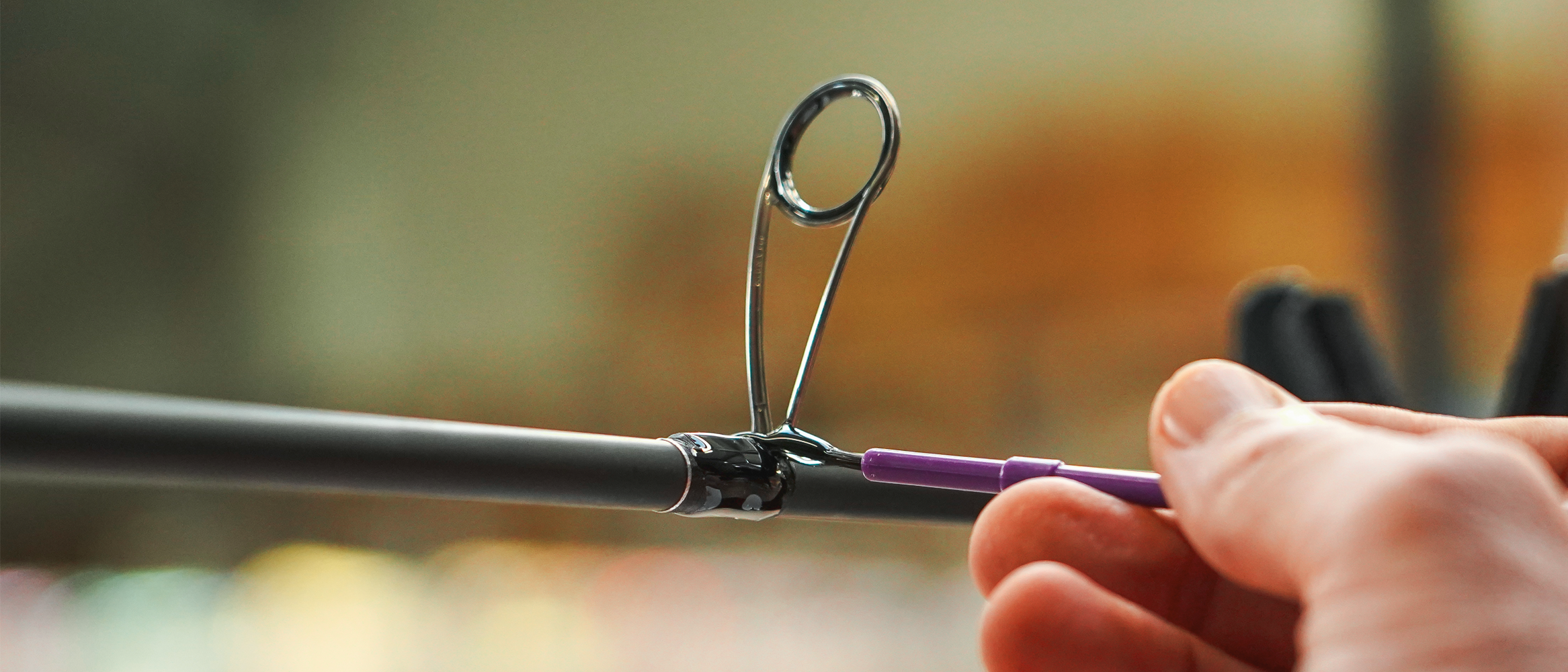
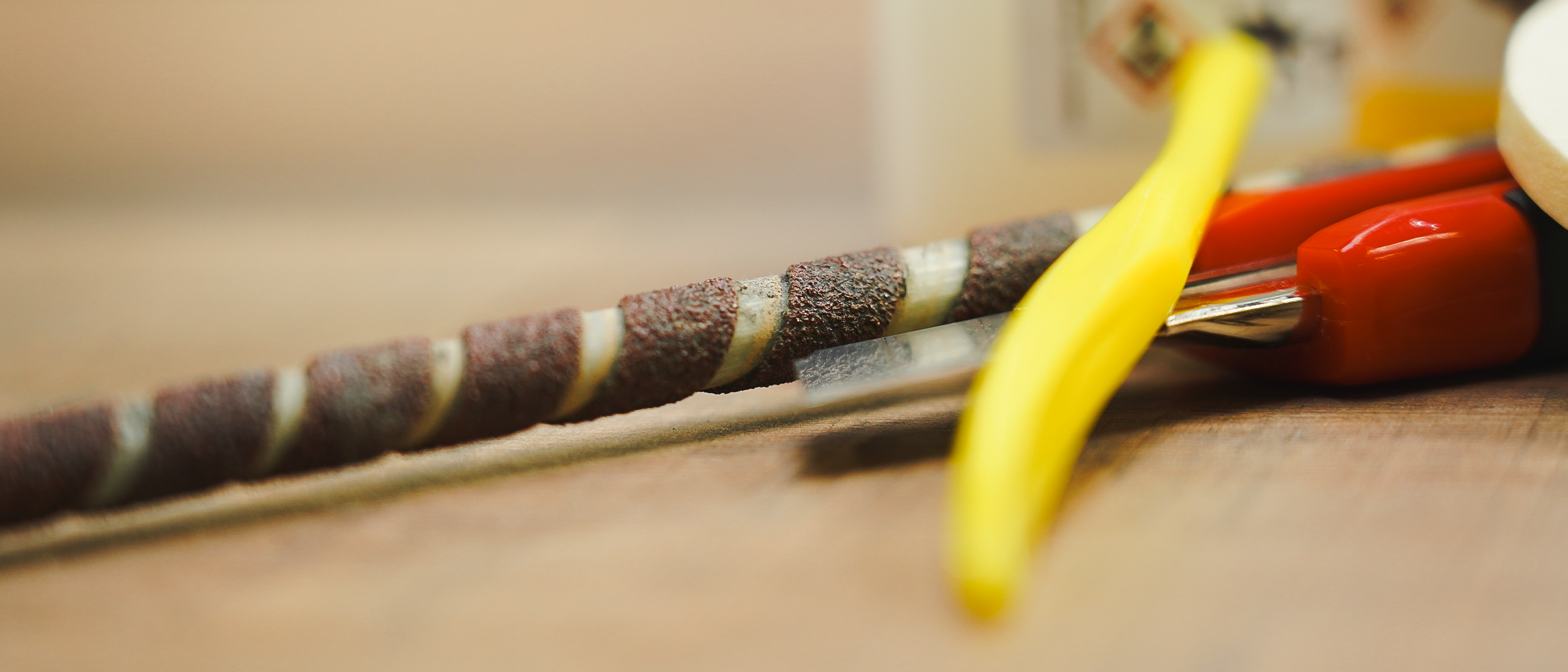
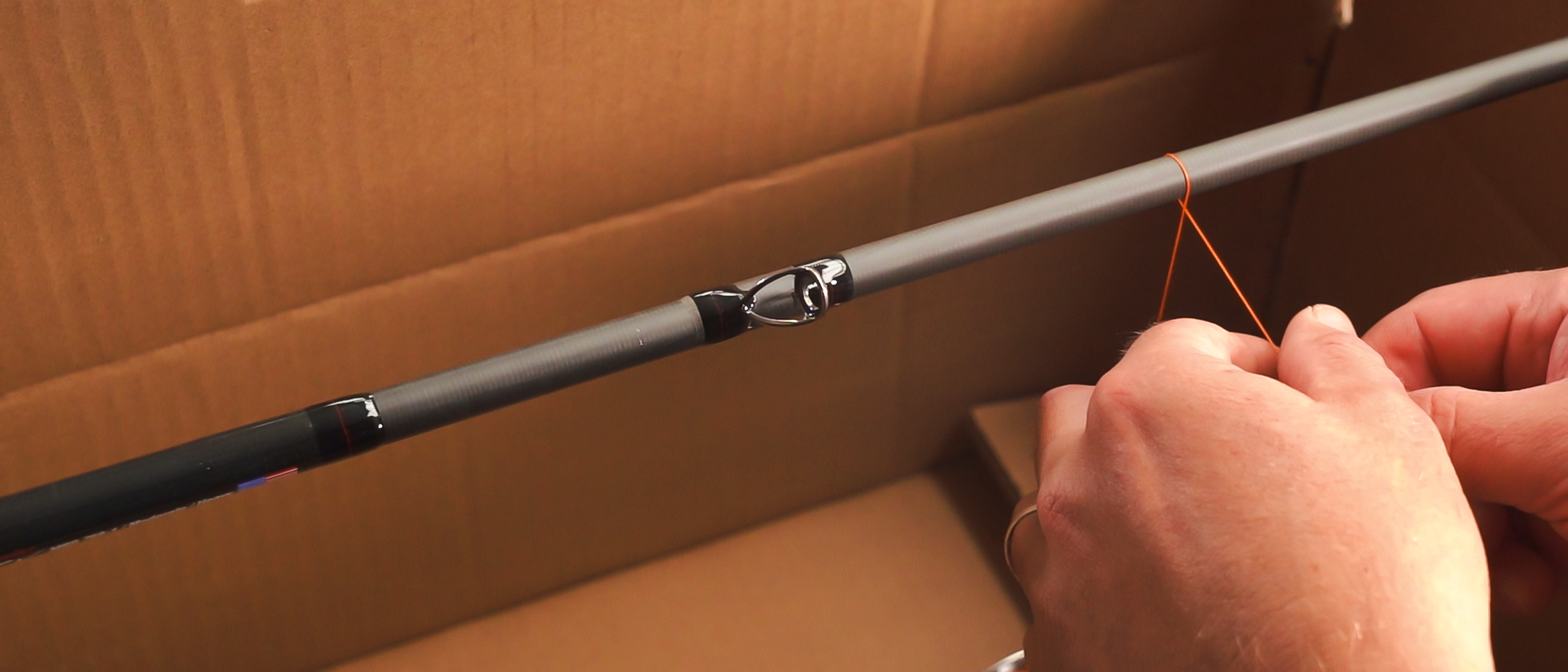
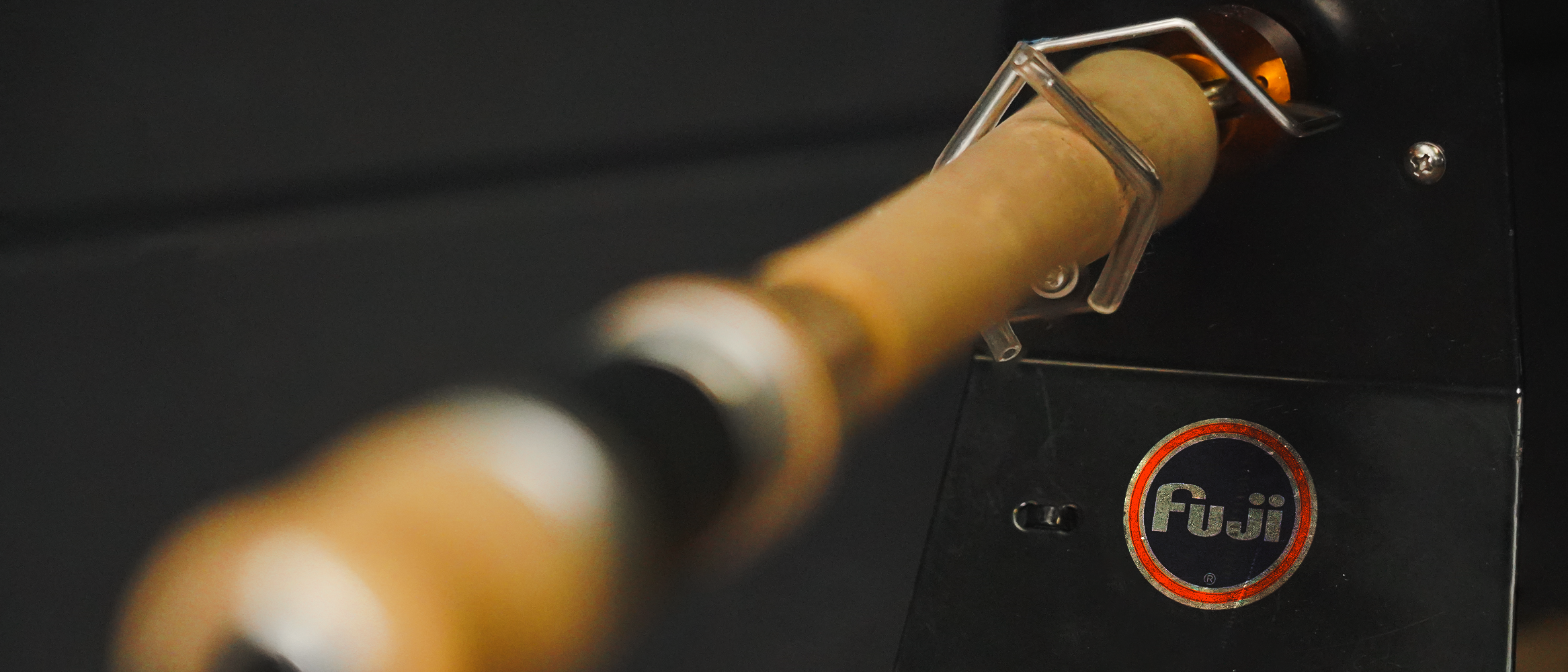
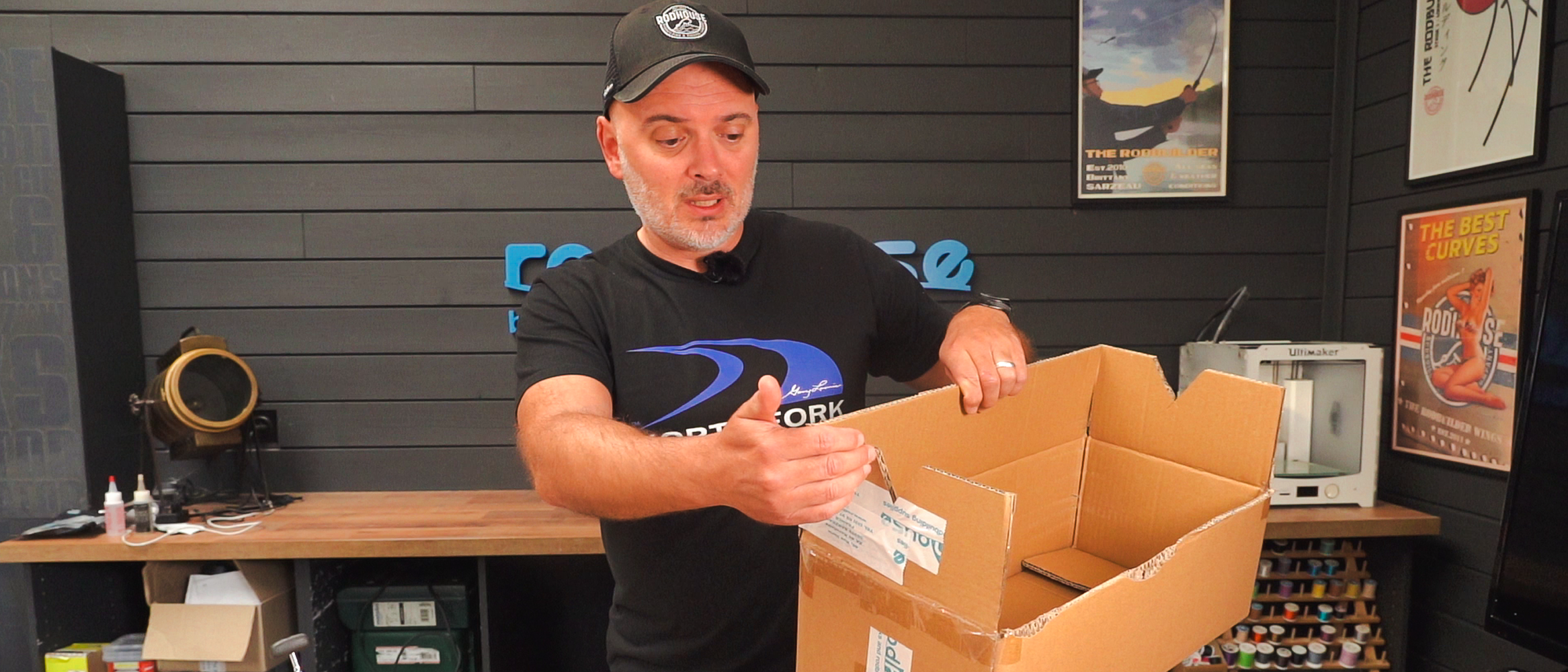
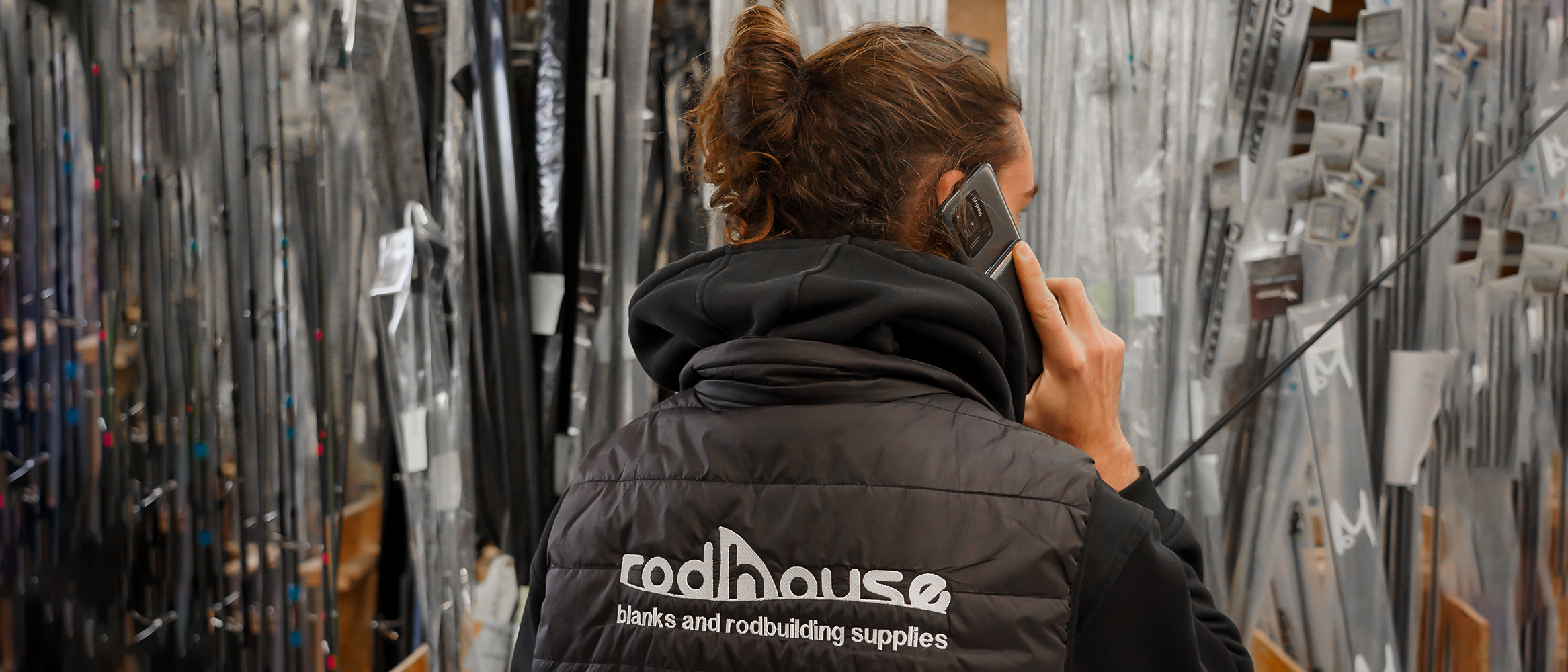
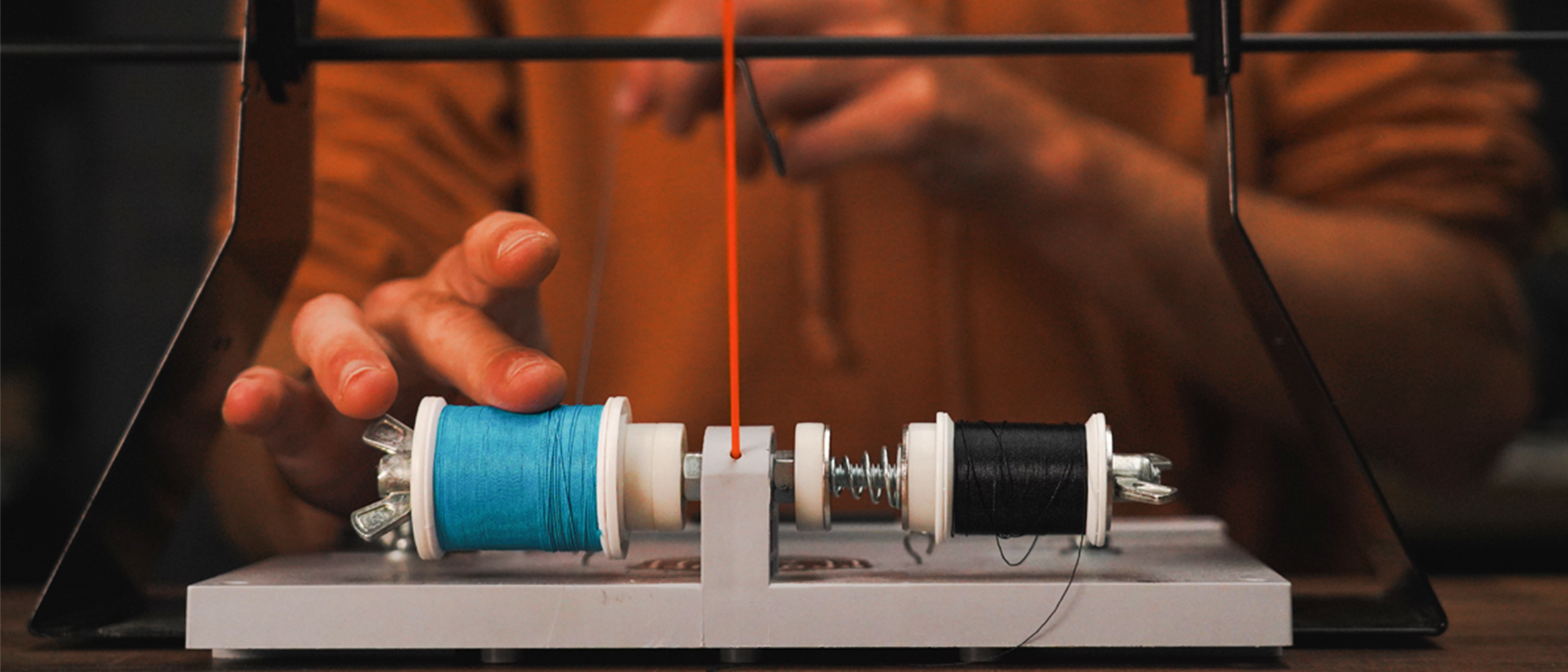
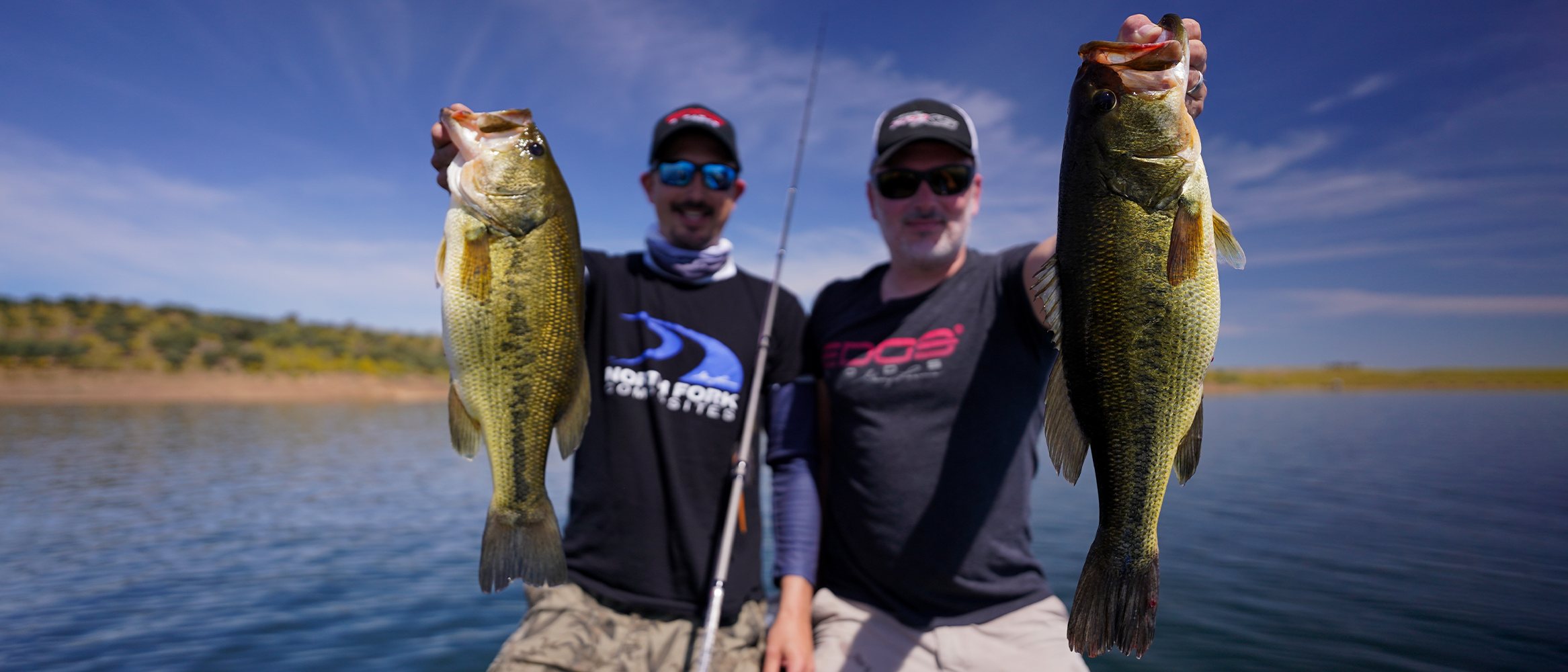


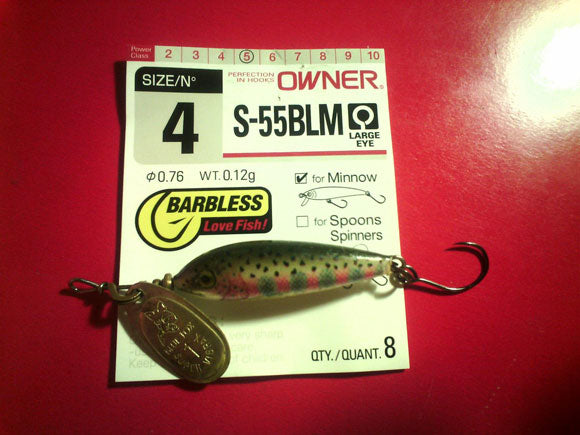
Leave a comment
All comments are moderated before being published.
This site is protected by hCaptcha and the hCaptcha Privacy Policy and Terms of Service apply.